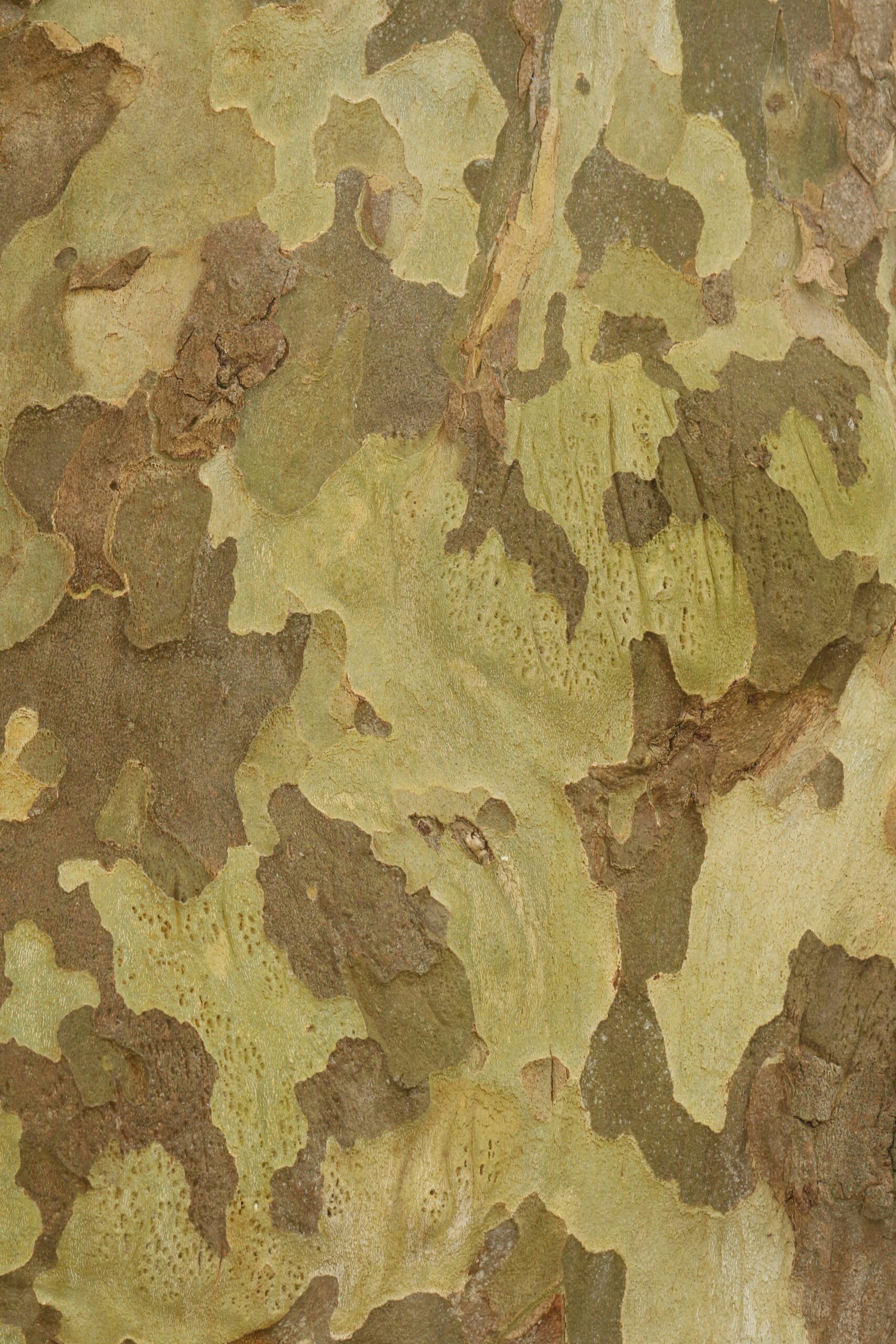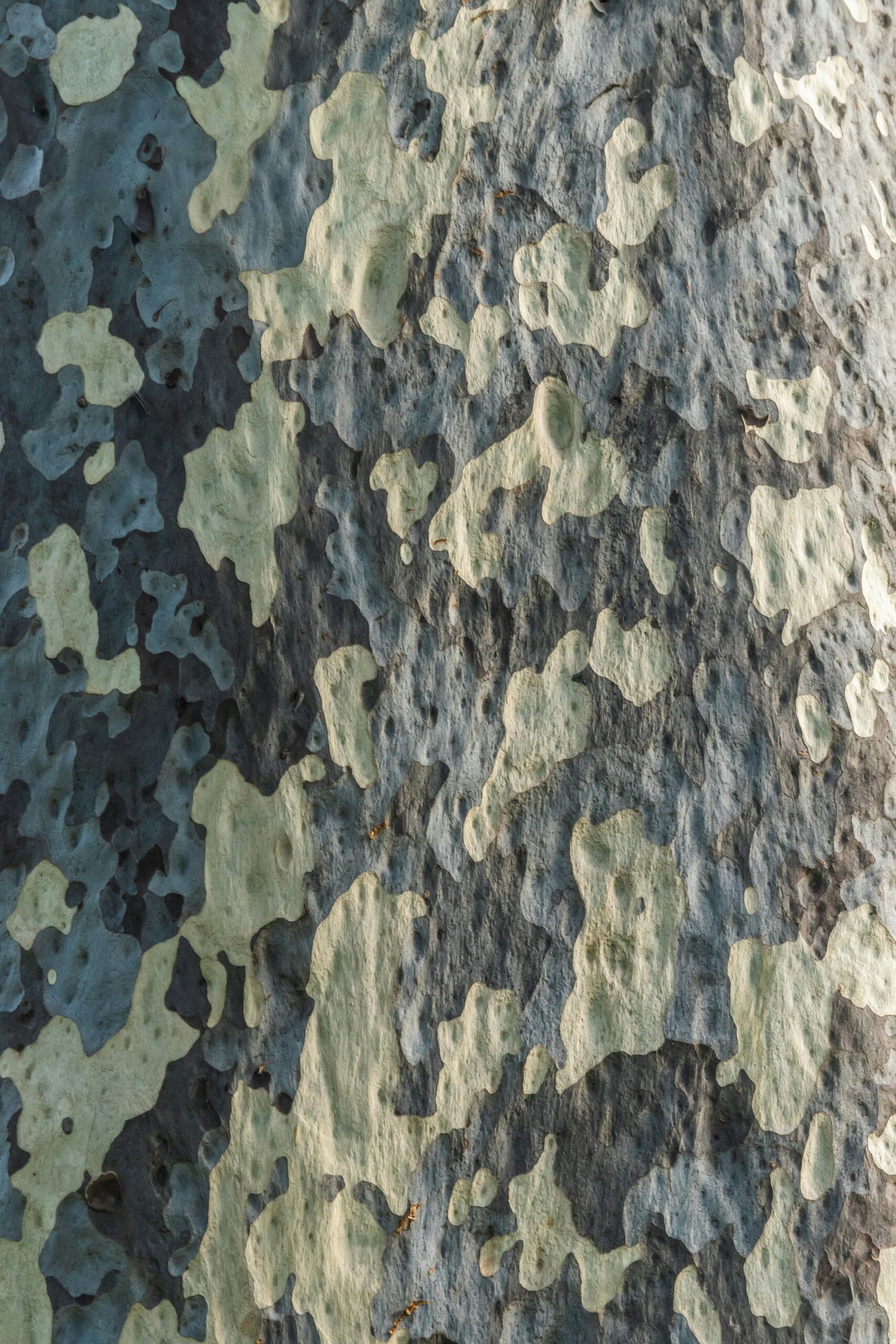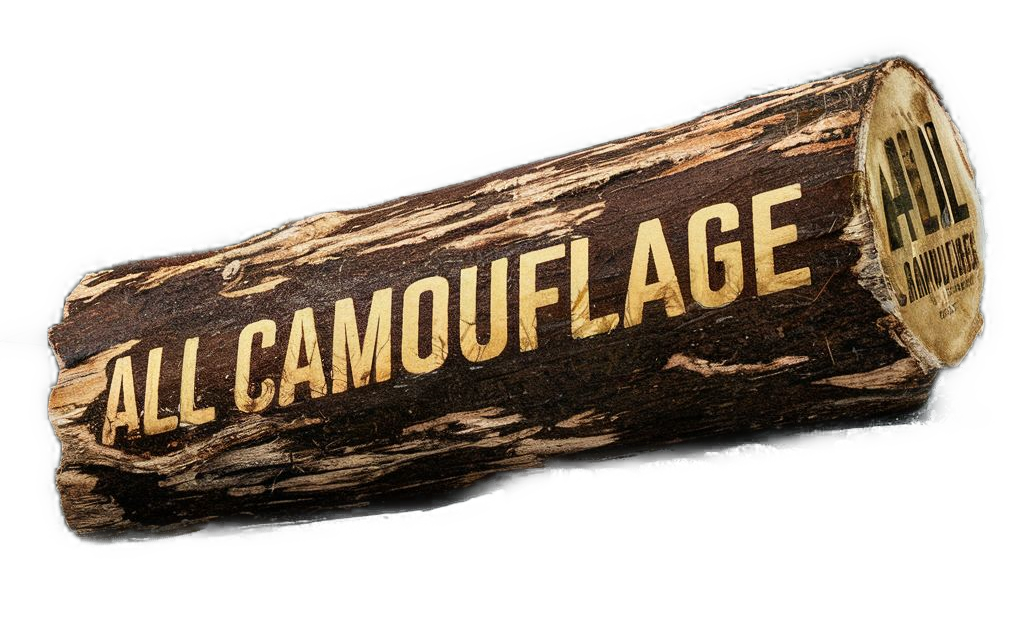Have you ever found yourself wondering if those rugged camo patterns can do more than just blend into the background? Whether you’re a weekend hiker, a dedicated prepper, or someone who simply loves spending time in nature, the thought may have crossed your mind: Can camouflage clothing be used as survival gear?
The Evolution of Camouflage Clothing
To get to the bottom of this question, let’s begin by taking a trip down memory lane. Camouflage wasn’t always about sticking feathers to your helmet or wearing combat fatigues like our military counterparts. Originally, animals ruled the roost in this department—bugs, birds, and beasts with spots, stripes, and mimetic skin. Humans, ever the imitators, borrowed from nature’s playbook to enhance stealth and surprise in war zones.
Fast-forward a bit, and camouflage began to trickle into civilian life—hunting, outdoor sports, and even fashion runways. Those intricate swirls and splotches have grown in popularity, but how do they stack up in terms of survival?
Functionality Beyond Concealment
When thinking about camouflage clothing, the initial function that pops into your mind is probably concealment. True, these patterns are excellent for blending into your natural surroundings, but is there more beneath the surface?
More Than Meets the Eye
Camouflage clothing has come a long way from its military roots. It now incorporates a variety of features that may offer survival benefits. Here’s a look at how these might play out in the wilderness:
-
Material: Many camo garments are made from high-performance fabrics that wick away moisture, insulate, or cool you down depending on environmental conditions. Imagine being caught in a sudden downpour. The materials used in modern camo gear often dry quickly, keeping you comfortable for those long treks across challenging terrain.
-
Durability: The strength of the stitching and fabric in camouflage gear often exceed that of regular wear, making it more resistant to tears and abrasions. This durability can be a lifesaver when you’re traversing brambles or scrambling across rocky landscapes.
-
Versatility: Take a closer look at the pockets, zippers, and Velcro straps common in camo clothing, and you might start seeing more than just places to stuff trail mix. These features can provide easy access to important tools like compasses, maps, or a trusty multi-tool.
Protection from the Elements
Think of a scenario where a sudden chill rolls in or, conversely, the sun beats down mercilessly. Camouflage clothing often comes with layers or attachments that provide a robust line of defense against the elements. Many garments include UV protection or can accommodate liners for added warmth. Who knew that looking like a tree stump could be this versatile?

The Camouflage vs. Visibility Debate
You might now be asking: If camo is such a whiz at blending in, how does that factor into survival scenarios where visibility might be essential?
A Question of Balance
Being visible can be as important as being concealed, especially if you’re in need of rescue. The key to using camouflage effectively in a survival situation lies in strategic application:
-
Situational Awareness: Keep in mind the environment you’re operating in. Using reversible camo with a reflective side, for example, allows you to switch from stealthy movements to high-visibility signals in a pinch.
-
Accessory Decisions: Complement your camo clothing with accessories like bright-colored flags or bands, which can be easily deployed when visibility becomes crucial.
Here’s a quick comparison chart to illustrate situations where camouflage and visibility play vital roles:
| Situation | Ideal Clothing/Accessory Usage |
|---|---|
| Scouting/Pursuing Game | Full camouflage attire |
| Seeking Rescue | Reflective gear/accessories |
| Harsh Weather | Camo clothing with weather-resistant features |
Practical Applications in Wilderness Survival
So, you’ve got the gear, and you’re aware of its stealth prowess. Now, how does this apply to some real-world survival scenarios you might encounter?
Hunting and Gathering
For those engaging in hunting, blending in is essential to remain undetected by prey. Camouflage clothing gives you an edge in initial stealth. It also allows you to keep essential tools close by—say, securing a pocket knife to harvest plants or set traps.
Shelter Building
You may need to use natural resources to create a shelter that hides you from predators or harsh weather while also camouflaging your presence. Using camouflaged tarps or blankets, you can create shelters that are less conspicuous and still sturdy.
Navigation and Orientation
Camo pants or bags are excellent for carrying navigational tools. Imagine needing to scramble up to higher ground and whipping out a pocket compass, unchallenged by the risk of damage or losing it mid-evasive maneuvering. The construction of high-quality camo gear often accommodates these endeavors smoothly.
Signal and Communicative Necessities
While blending in is key, ensuring you’re seen in an emergency is just as critical. Using mirrored or reflective attachments with your camo gear provides a dual-purpose approach—stealth and signal.

Conclusion
While camouflage clothing is celebrated for its concealment capability, it exhibits a wide-ranging tapestry of functional benefits that transcend its original purpose. A good set of camo duds could indeed become an integral piece of your survival gear, offering durability, environmental protection, and even enhanced mobility.
Maintaining balance is the ultimate goal, intertwining camouflage characteristics with your survival strategies in multifaceted ways. Next time you’re planning a wilderness journey, find a spot for camo in your checklist. Who would’ve thought that a fabric once designed for surprise attacks could unfold such a canvas of survival possibilities?

